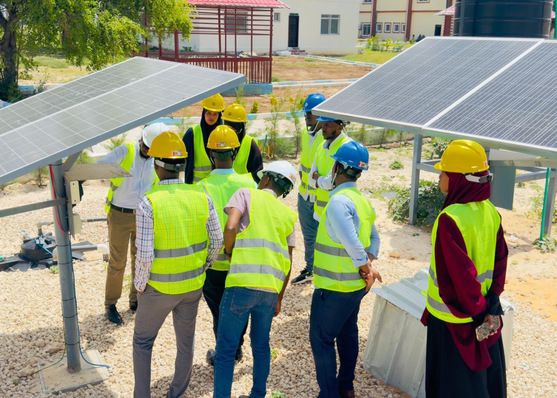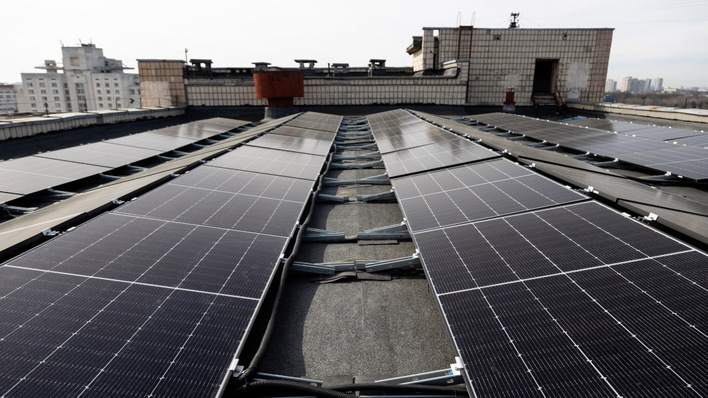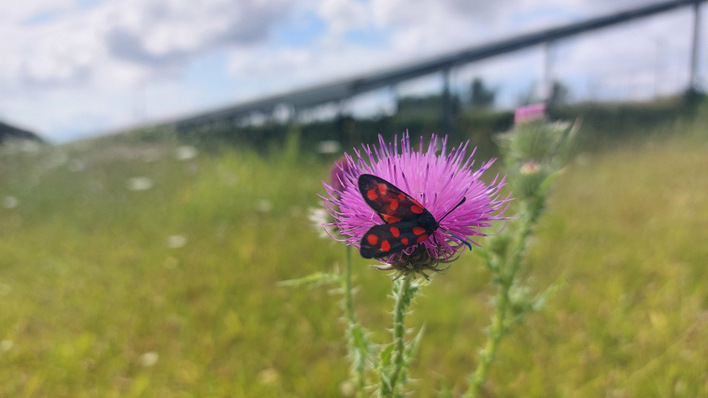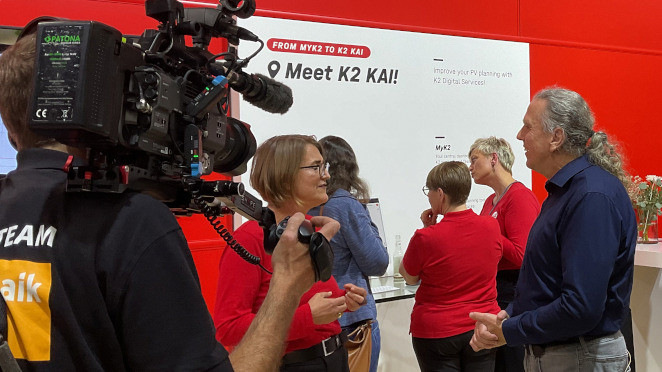The Netherlands leads the EU in per-capita solar PV capacity, having added around three gigawatts annually over the past three years. This remarkable growth highlights the country’s commitment to renewable energy, despite facing notable challenges, especially in balancing solar development with the protection and use of agricultural land.
Balancing solar expansion and agricultural interests
On the right-hand side of the political spectrum, there is strong resistance to building PV parks on land that could be used for agriculture. The Netherlands is one of the most densely populated countries in Europe and ranks among the world’s largest exporters of agricultural products. Large-scale agriculture – particularly intensive livestock farming – is also the main source of nitrogen pollution, contributing to a national nitrogen crisis. Currently, less than 0.2% of agricultural land is used for solar PV. In this context, the level of resistance is striking.
Agri-PV: “Dual use with animal husbandry has great potential”
Under pressure from interest groups – particularly within the agricultural sector – the Dutch government is increasingly limiting large-scale solar parks on productive farmland. Yet well-planned PV installations can enhance biodiversity and offer viable opportunities for farmers through Agri-PV. Tariffs for Agri-PV and nature-inclusive PV are significantly higher than those for conventional systems, creating clear financial incentives: approximately €67.9/MWh for Agri-PV, €68.1/MWh for nature-inclusive (ESG) PV, and €62.8/MWh for standard PV systems.
Floating solar power: clean electricity from clean waters
The authorisation policy focuses furthermore on the use of areas such as former landfill sites or floating PV systems on bodies of water. This decision has changed the dynamics of the market and increased the need to find innovative solutions.
PV on former landfill site
One such example is the CCE project in Rafelder, Gelderland, currently under construction on a former landfill site and expected to be connected to the Dutch grid in autumn 2025. Until the 1980s, industrial waste was dumped at the site – as at many others across the Netherlands – and covered with only a thin layer of soil. Due to long-term contamination of both soil and groundwater, such areas will remain unsuitable for agriculture or development for decades.
Netherlands: Ampyr and Rockwool conclude solar PPA
In order to build a 10 MW photovoltaic system, CCE The Netherlands invested around mid-three-digit amount euros in preparing the soil on 6.2 hectares and sealing the area.
A special geotextile layer is used to seal the area for at least three decades and enables it to be used for other purposes. Unlike other ground-mounted systems, in this case the PV panels were mounted on a support structure similar to a PV roof system, as no pillars could be anchored in the ground. This type of land utilisation shows how technological advances and ESG-compliant approaches can go hand in hand to overcome the challenges of land availability.
Country-specific framework condition
The state-guaranteed feed-in tariff of 6.8 cents honors a long-term commitment politically. However, it is very likely that 2026 will be the last year for the SDE++ (Sustainable Energy Production and Climate Transition Incentive Scheme) regime. Conditions of SDE are e.g. the building/environmental permit and that the project is completed within 4 years. Most probably a CFD (Contract for Difference) system will be implemented in 2027, but the details aren’t clear yet. Corporate PPAs (power purchase agreements), which are in high demand in the current very dynamic times, play an increasingly important but not an essential role in our projects.
The importance of BESS and ESG
In the Netherlands, battery energy storage systems (BESS) will also play an important role in the further expansion of renewable energies. Over the next five to ten years, decentralised battery systems are expected to gain in importance to increase the efficiency and flexibility of solar energy generation. CCE is also increasingly focusing on co-located projects (PV plus storage) in the Netherlands. The Dutch government is looking at new subsidy structurers for co-located BESS PV projects. Since the details have not yet been published, it is only a business case with reservations at this time.
Netherlands: Green light for 74 MW solar park
In addition, biodiversity is increasingly seen as a central concern in the construction of new PV projects. At CCE, we integrate nature-based solutions into our operations for the preservation and promotion of biodiversity. This includes the planting of trees and shrubs and the use of farm animals to maintain the land.
Overall, photovoltaics in the Netherlands is on a promising path but also faces significant challenges. The combination of technological progress, sustainable practices, and a clear focus on long-term goals will be crucial to fully utilise the potential of solar energy while taking environmental and social concerns into account. (Cederik Engel/hcn)









